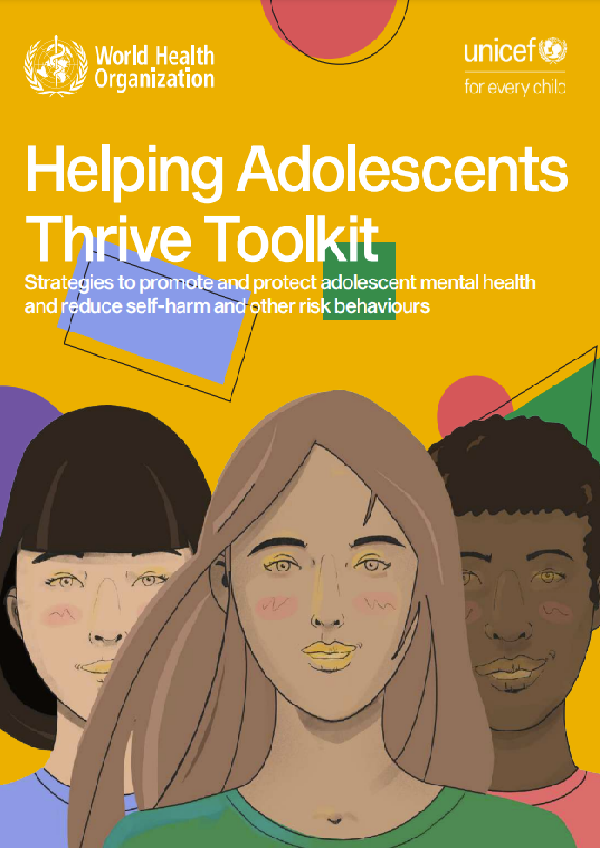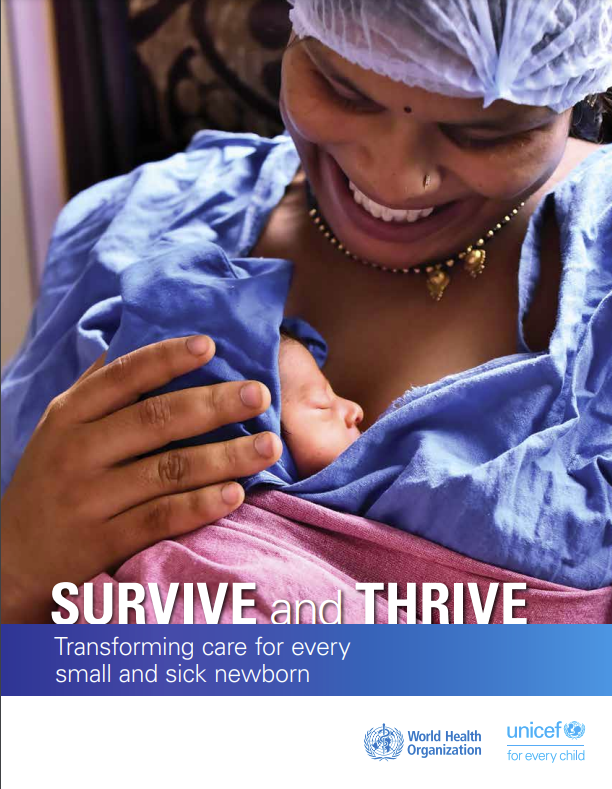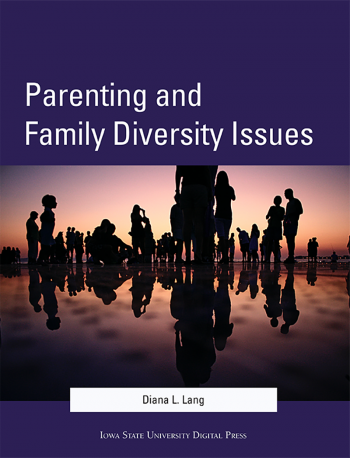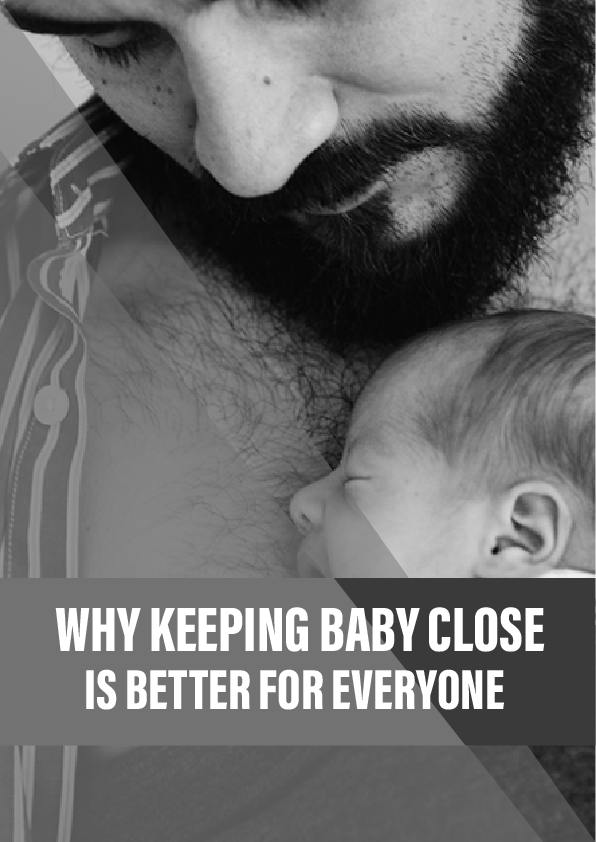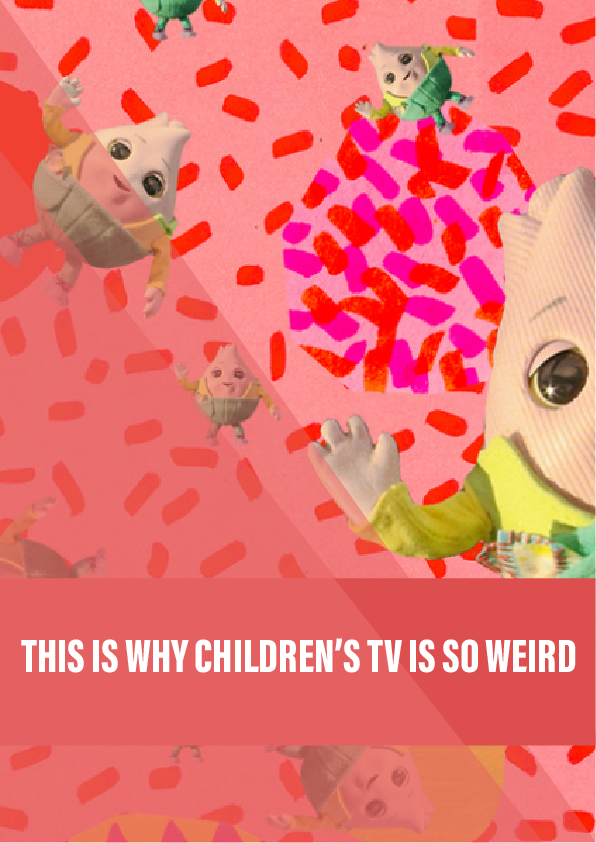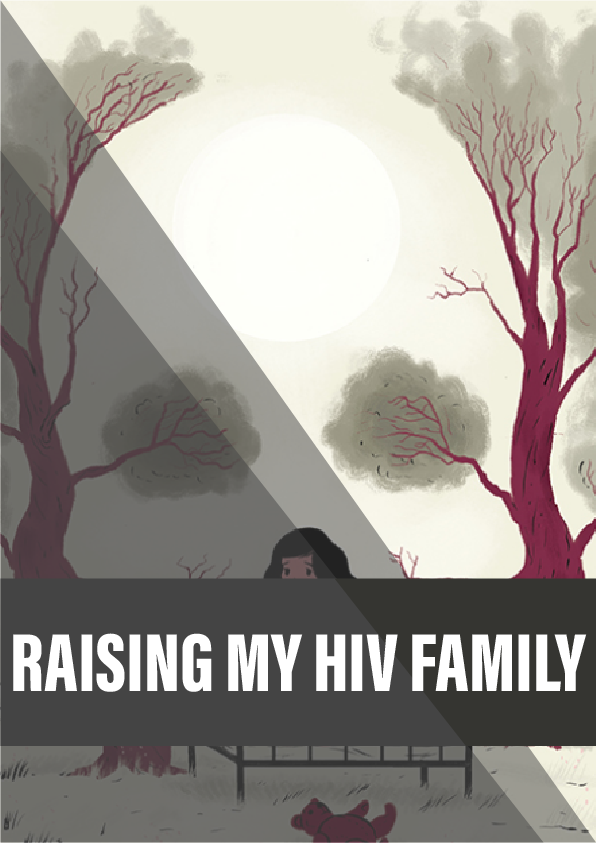Adolescence is a period of rapid development during which individuals experience profound physical, social and psychological changes and during which the maturing brain is highly susceptible to environmental influences (1). As such, adolescence offers great potential for health promotion and preventive interventions to influence health and developmental outcomes (2), and to influence young lives positively in the short and long term, and into the next generation (3)
A renewed focus on creating a supportive environment that enables positive mental health for adolescents is urgently needed. By effectively implementing a comprehensive set of strategies to support adolescent mental health, young people will enjoy improved wellbeing and will be able to realize their potential and participate meaningfully in their communities (4).
Overview
Helping Adolescents Thrive
Helping Adolescents Thrive (HAT) is a joint WHOUNICEF initiative to strengthen programming and policy responses for adolescents, to promote positive mental health, prevent mental health conditions, and prevent self-harm and other risk behaviours. The vision of HAT is a world in which all adolescents, their caregivers, civil society and communities unite with governments to protect and promote adolescent mental health. This means taking action routinely to implement and monitor evidence-informed and human rights-based strategies for improving mental health, and to prevent and reduce mental health and substance use conditions in adolescents in order to improve lifelong well-being (5). This is in support of the Sustainable Development Goals (SDG) Target 3.4, namely: “to reduce by one third premature mortality from noncommunicable diseases through prevention
Approach
The HAT toolkit
This guidance document, the HAT toolkit, has been developed to improve programming for adolescent mental health promotion and prevention and to support the implementation of the WHO HAT guidelines on mental health promotive and preventive interventions for adolescents. The toolkit describes evidence-informed approaches for promoting positive mental health, preventing mental health conditions, and reducing engagement in selfharm and risk behaviours.
The HAT toolkit is informed by the social ecological model, highlighting the importance of addressing risk factors at individual, family, community and societal levels to promote and protect adolescent mental health, with due attention to sociocultural contexts and care systems. The toolkit describes core principles that should guide programming efforts – including ensuring that responses are equitable and inclusive, gender-sensitive and genderresponsive, developmentally appropriate and guided by adolescents’ evolving capacities, and that they actively involve both adolescents and their parents/ caregivers in the planning, design, implementation and evaluation of programming, and not only as beneficiaries. It is critical to plan for large-scale implementation beginning from the planning phase for roll-out of the HAT strategies.
